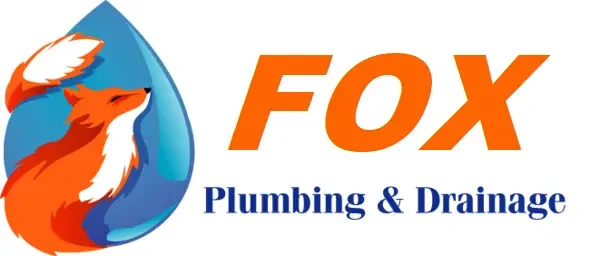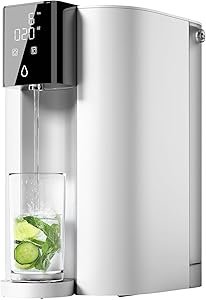💧 Reverse Osmosis Water Filters – Cleaner, Safer Water for Melbourne Homes
If you're concerned about what's in your tap water — from chlorine to sediment and contaminants — you're not alone. More and more homeowners in Werribee, Melton, Tarneit, and the rest of Melbourne's west are turning to reverse osmosis water filters as a reliable way to improve their water quality.
But what exactly is reverse osmosis, and is it right for your home?
✅ What Is Reverse Osmosis (RO) Filtration?
Reverse osmosis is a multi-stage water filtration process that removes:
Chlorine
Fluoride
Lead
Heavy metals
Sediment
Bad tastes and odours
It works by pushing water through a fine semi-permeable membrane, filtering out even microscopic particles and impurities. The result? Cleaner, fresher water from every tap
(Amazon Affiliate Link above)
🔧 Benefits of Reverse Osmosis Water Filters
Removes up to 99% of contaminants
Great for families, pets, and cooking
Helps extend the life of your plumbing and appliances
Cuts down on bottled water waste
Easy to install under most sinks
If you’re in an older property in Flemington, Footscray, or Caroline Springs, your plumbing may be more vulnerable to impurities in the mains water — making RO filtration a smart investment.
🏠 Is It Right for Your Home?
Reverse osmosis filters are especially useful if:
You don’t like the taste or smell of your tap water
You’ve had issues with rust or sediment
You want peace of mind for your family’s health
You’re renovating your kitchen or upgrading your plumbing
We install RO filters for clients across Melbourne’s west, from Point Cook to Sunshine and everywhere in between.
(Amazon Affiliate Link above)
Note: Always check reviews and compare features before purchasing.
👨🔧 Expert Installation by Local Plumbers
At Fox Plumbing & Drainage, we supply and install high-quality reverse osmosis systems that suit your home, water quality, and budget. Our licensed plumbers ensure everything is fitted properly and tested — no leaks, no hassle.
We’ll also explain how to maintain your filters and when to replace them to keep things running smoothly.
📞 Want Cleaner Water in Your Home?
Give us a call on 0405 900 418 or get in touch here to ask about pricing, availability, and whether an RO system is the right choice for your property.



